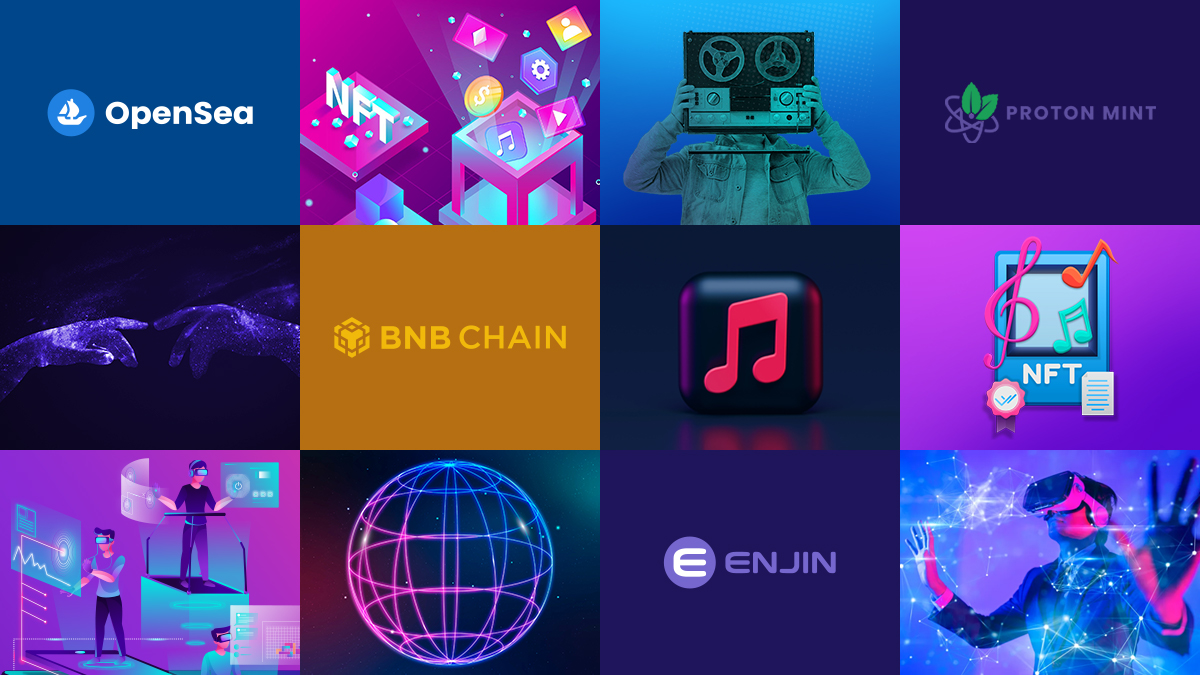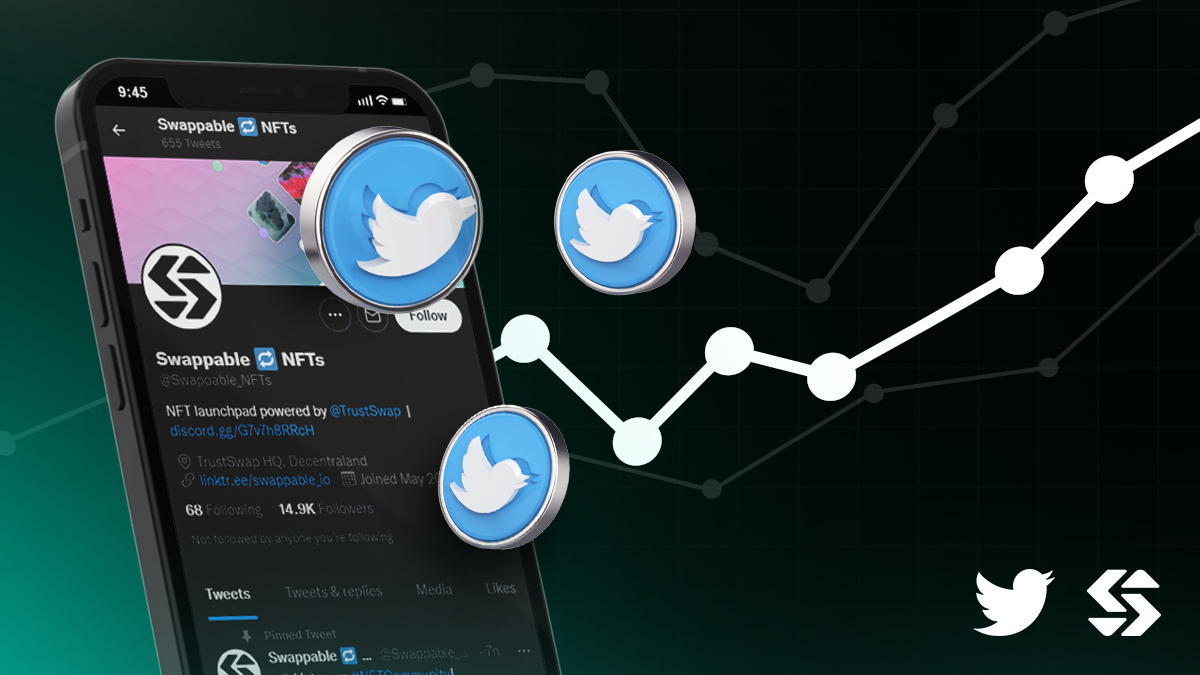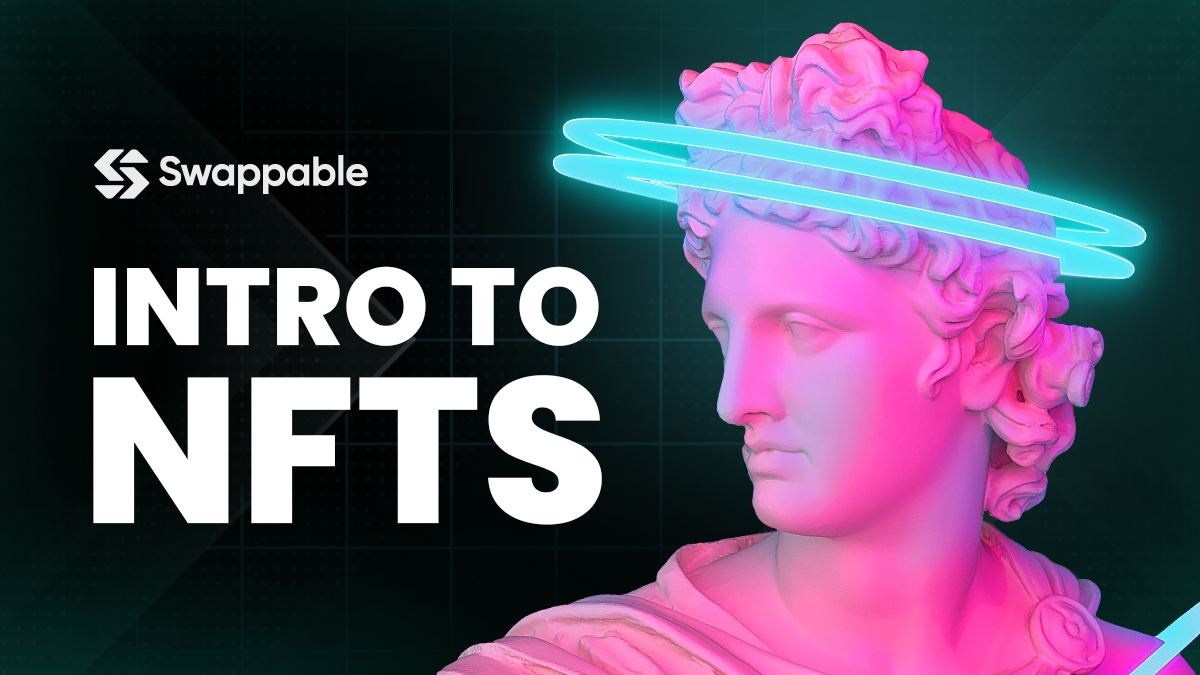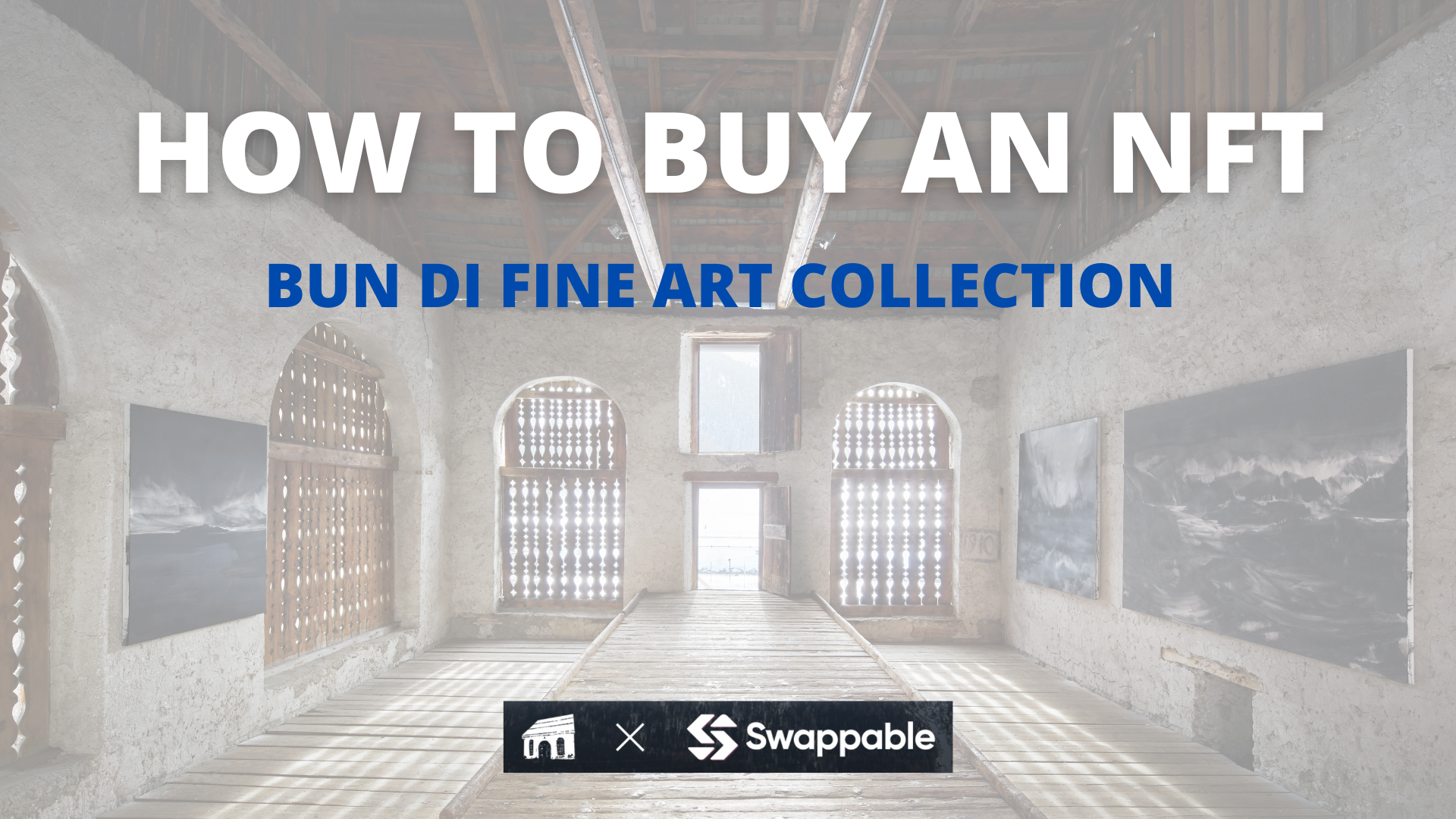NFTs are widely known in the modern world. Still, many do not fully understand quite how much the NFT space grew in the past year. Let’s observe some NFT trends so far in 2022, and what to look for in the coming years.
People are using NFTs in many more ways than trading JPEGs, and these new use cases have spawned NFT trends taking over industries. With new trends appearing regularly, we know it’s difficult to stay up to date. As NFT companies move fast, anticipating current trends in the space is critical to find the best opportunities for collectors, consumers, and creators.
2022 NFT Trends: A Raised Standard For Utility
Due to the increased utility of NFTs, i.e., what you can do with them, look for a raised standard for utility within the NFT space. New NFT collections will need to show that they have utility beyond just as a collector’s item for their NFT drops to be popular and sell out. NFT enthusiasts need more authenticity. Who wants to deal with questions like “Why would you pay so much for a JPEG?”
NFT lovers want to explain how the NFT they bought has important market reasons for its existence and true utility. It doesn’t take a magic ball to see that NFTs without real purpose will get harder and harder to sell in the future. Ultimately, people are ready for the next generation of NFTs.
Free To Mint in 2022?
Usually, minting NFTs costs money. Usually, platforms that enable minting charge either a dollar amount or take a small percentage of the sale price when you sell your NFT.
Although now that there are more and more NFT marketplaces entering the market and more places are offering minting services, the competition is increasing. The increased competition will drive down the price as more minting services try to remain competitive. That’s why, in 2022 and beyond, the new trend will be free minting.
Expect more minting services to offer free minting in the future.
Lower Supply For Genesis Drops
NFT drops are increasing in number and regularity. Every day, thousands of NFT drops advertise across the internet. That means it is only getting more difficult for new NFT projects and NFT collections to make their mark. To make their genesis drops more attractive to potential investors and NFT enthusiasts, many will lower the supply available in these drops helping to make their NFT collections rarer and thus potentially more valuable.
Investors want to know that their collection is rare and not mass-produced. NFTs collections become more valuable if fewer people can own those NFTs. So we expect that most genesis drops will offer a lower supply to remain competitive in the future. This trend may include music NFTs as well.
Further Development Of Music NFTs
Music NFTs have loads of growth potential. It is an industry poised for mass adoption with the underlying technological revolution beneath Web3 and NFTs.
We will see more albums released as NFTs and some that will combine digital artwork and music. Smart NFTs support multiple formats, so formatting an audio NFT with a PDF that includes a message from the musician is possible. We expect more musicians to offer music NFTs by introducing smart NFT technology, which can help them create a more interactive experience for their fans and help them directly connect with the people who enjoy their music.
NFTs can enable musicians to earn fair compensation for their work. After labels take their cut in the traditional music industry, musicians scrape a tiny percentage of the total earned revenue from record sales.
NFTs enable musicians to set the price and sell directly to their fans, helping them gain a larger piece of the pie as more musicians begin to understand how NFTs work and the impact they can have on the artists themselves, we expect that many more musicians will start selling their music as NFTs.
When the music NFT business takes off, there will be less need for music labels and the business side of the music industry, placing all of the focus on the artist and their work.
Startups like Audius are using blockchain technology and crypto to change the direction of music distribution. Audius provides a decentralized streaming platform, giving artists the benefits of streaming while introducing the benefits of decentralization and avoiding the negative aspects of the music industry.
Music NFT platforms like Catalog allow musicians to sell songs without requiring them to give up the rights to their work, which is a complete game-changer!
2022 NFT Trends: Integration With Live Events
Live Events have been experimenting with NFTs for ticketing and collectibles. Event organizers and hosts see the value in using NFTs and blockchain technology to handle ticketing for their events. With NFTs, live events can offer virtual tickets. The use of digital wallets to signify digital ownership means that nobody can copy the ticket, and it’s impossible to physically steal virtual tickets. Therefore NFTs could solve many of the issues associated with ticketing for events.
Also, rather than offering t-shirts as merchandise for event attendees, event planners could offer rare collectible NFTs that would be like memorabilia to show that someone attended a specific event. In the future, almost all tickets for live events will be NFTs.
Integration With The Metaverse
As the Metaverse continues to trend online and metaverse concepts develop, a common question persists. How will NFTs integrate with the Metaverse? Some projects have already discovered some interesting ways to use NFTs in the Metaverse.
One idea is to combine VR and NFT marketplaces. Nike has already developed its Metaverse concept with “Nikeland” and acquired RTFKT studio, making NFTs of products. It seems likely that Nike plans to create a virtual marketplace to sell virtual NFTs of their products in Nikeland.
Real estate transactions already use NFTs in virtual worlds. This trend will only continue as Metaverses build out, and more people play online. In Decentraland, plots of virtual land can sell as NFTs. In the Metaverse, this trend will continue as businesses that want to operate within the Metaverse buy plots of land for their virtual stores.
It’s clear that NFTs are here to stay, and the impact of these NFT trends will further legitimize the industry. We can’t wait to see what trends take over the NFT space through 2022!




